Wiebe Van Ranst
The autonomous hidden camera crew
Jul 09, 2020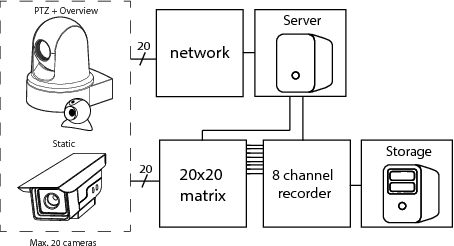
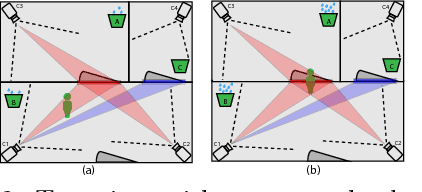

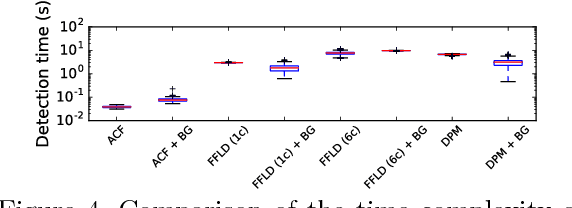
Abstract:Reality TV shows that follow people in their day-to-day lives are not a new concept. However, the traditional methods used in the industry require a lot of manual labour and need the presence of at least one physical camera man. Because of this, the subjects tend to behave differently when they are aware of being recorded. This paper will present an approach to follow people in their day-to-day lives, for long periods of time (months to years), while being as unobtrusive as possible. To do this, we use unmanned cinematographically-aware cameras hidden in people's houses. Our contribution in this paper is twofold: First, we create a system to limit the amount of recorded data by intelligently controlling a video switch matrix, in combination with a multi-channel recorder. Second, we create a virtual camera man by controlling a PTZ camera to automatically make cinematographically pleasing shots. Throughout this paper, we worked closely with a real camera crew. This enabled us to compare the results of our system to the work of trained professionals.
Fooling automated surveillance cameras: adversarial patches to attack person detection
Apr 18, 2019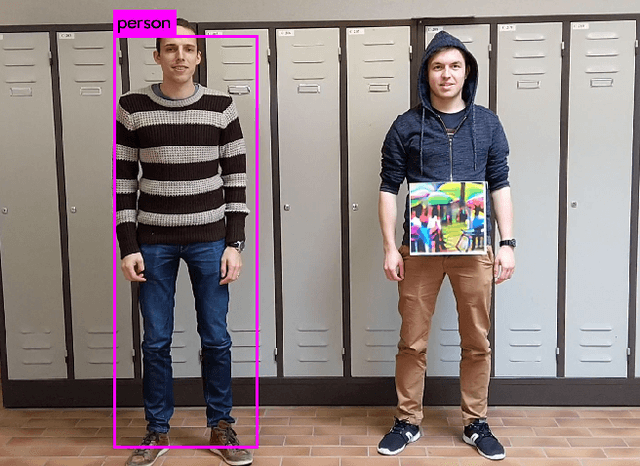

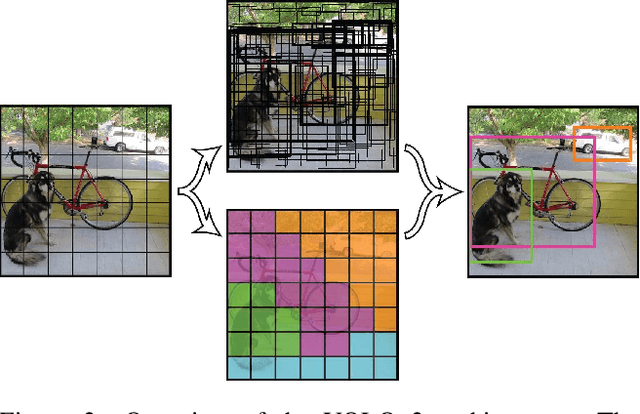
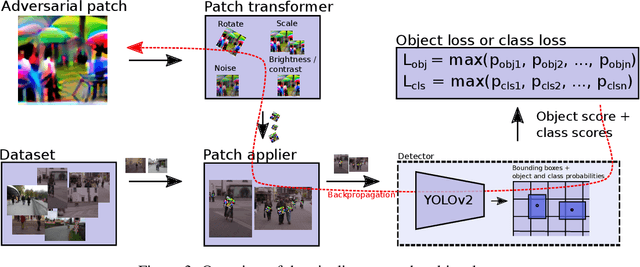
Abstract:Adversarial attacks on machine learning models have seen increasing interest in the past years. By making only subtle changes to the input of a convolutional neural network, the output of the network can be swayed to output a completely different result. The first attacks did this by changing pixel values of an input image slightly to fool a classifier to output the wrong class. Other approaches have tried to learn "patches" that can be applied to an object to fool detectors and classifiers. Some of these approaches have also shown that these attacks are feasible in the real-world, i.e. by modifying an object and filming it with a video camera. However, all of these approaches target classes that contain almost no intra-class variety (e.g. stop signs). The known structure of the object is then used to generate an adversarial patch on top of it. In this paper, we present an approach to generate adversarial patches to targets with lots of intra-class variety, namely persons. The goal is to generate a patch that is able successfully hide a person from a person detector. An attack that could for instance be used maliciously to circumvent surveillance systems, intruders can sneak around undetected by holding a small cardboard plate in front of their body aimed towards the surveillance camera. From our results we can see that our system is able significantly lower the accuracy of a person detector. Our approach also functions well in real-life scenarios where the patch is filmed by a camera. To the best of our knowledge we are the first to attempt this kind of attack on targets with a high level of intra-class variety like persons.
 Add to Chrome
Add to Chrome Add to Firefox
Add to Firefox Add to Edge
Add to Edge